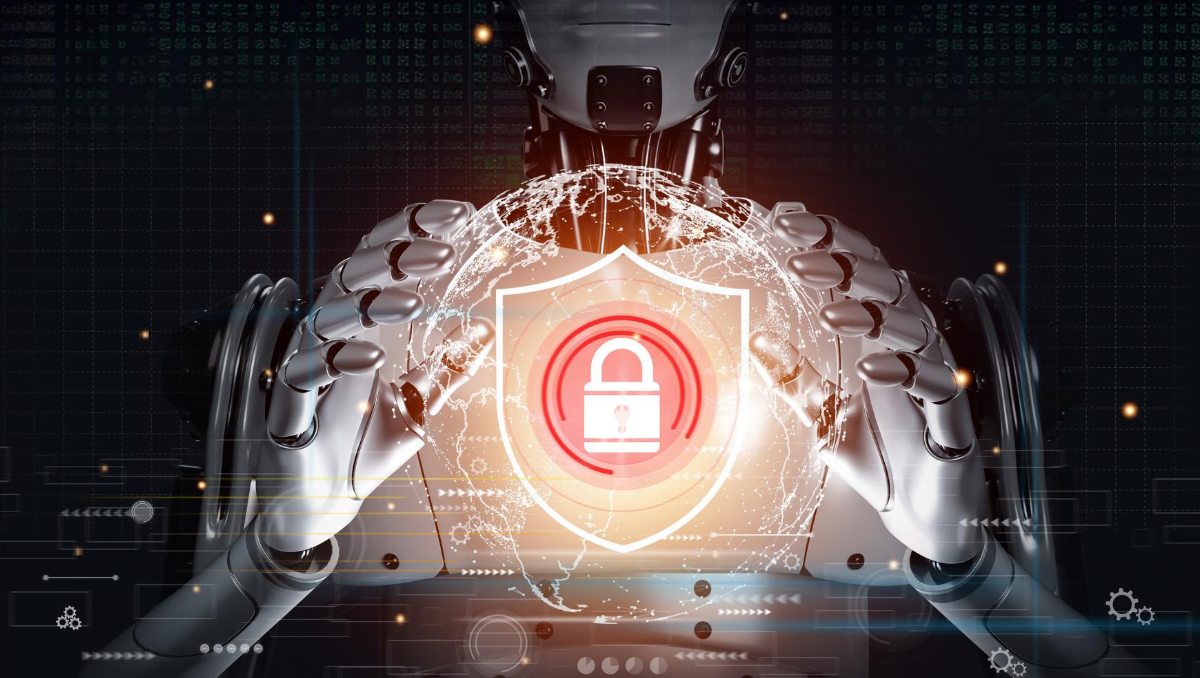Artificial Intelligence (AI), defined as a subfield of computer science that simulates human intelligence in machines, is rapidly transforming our world. By automating tasks, improving accuracy, and even predicting future outcomes, AI is being developed and used today across a wide range of industries. However, as with any revolutionary technology, there are potential risks. This article seeks to provide an overview of these risks, and to propose strategies for mitigating them.
The Potential Risks of AI
AI carries several potential risks that can impact society significantly.
Job Displacement: With AI’s ability to automate tasks, there’s a risk of job displacement. From factory workers to call center employees, automation could lead to job losses in various industries.
Bias and Discrimination: AI systems learn from data, and if this data carries biases, the AI system will too. This can lead to discrimination in critical areas such as hiring, lending, and law enforcement.

Weaponization: Autonomous weapons powered by AI could change warfare fundamentally. There’s a risk that these weapons could be used in a conflict before international laws are established to control their use.
Loss of Control: As AI systems become more complex, the risk of losing control over these systems increases. An AI system making decisions without human intervention could lead to unforeseen and potentially catastrophic consequences.
Environmental Impact: Training large AI models requires significant computational resources, which in turn requires considerable energy, contributing to the environmental impact.
The Potential Consequences of these Risks
These risks carry potential consequences that could destabilize societies globally. Increased inequality, social unrest, and even global conflict could ensue if these risks are not managed effectively. Of utmost concern is the potential loss of control over AI systems. In a dire scenario, this could lead to catastrophic outcomes if the objectives of such systems are not aligned with the broader welfare of humanity.

Mitigating the Risks of AI
Despite these risks, steps can be taken to mitigate them.
Developing Ethical Guidelines: Ethical guidelines for AI development and use can help ensure that AI benefits humanity and minimizes harm.
Investing in Education and Training: As AI changes the job market, investing in education and retraining for workers who may be displaced by AI is crucial. This can help ensure a smooth transition and reduce the risk of social unrest.
Conclusion
The potential risks of artificial intelligence are real and significant. However, by recognizing these risks and taking proactive steps, such as developing ethical guidelines and investing in education and training, we can work towards a future where AI is used responsibly and beneficially. The time to act is now, and we all have a role to play in ensuring that AI is developed and used in a way that is safe, ethical, and beneficial for all.
This post contains affiliate links.
Author

This article was written with the assistance of AI. Edited and fact-checked by Ronan Mullaney.
View all posts







